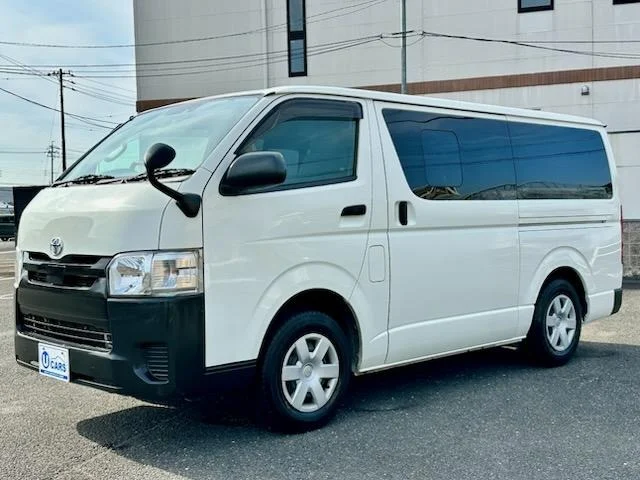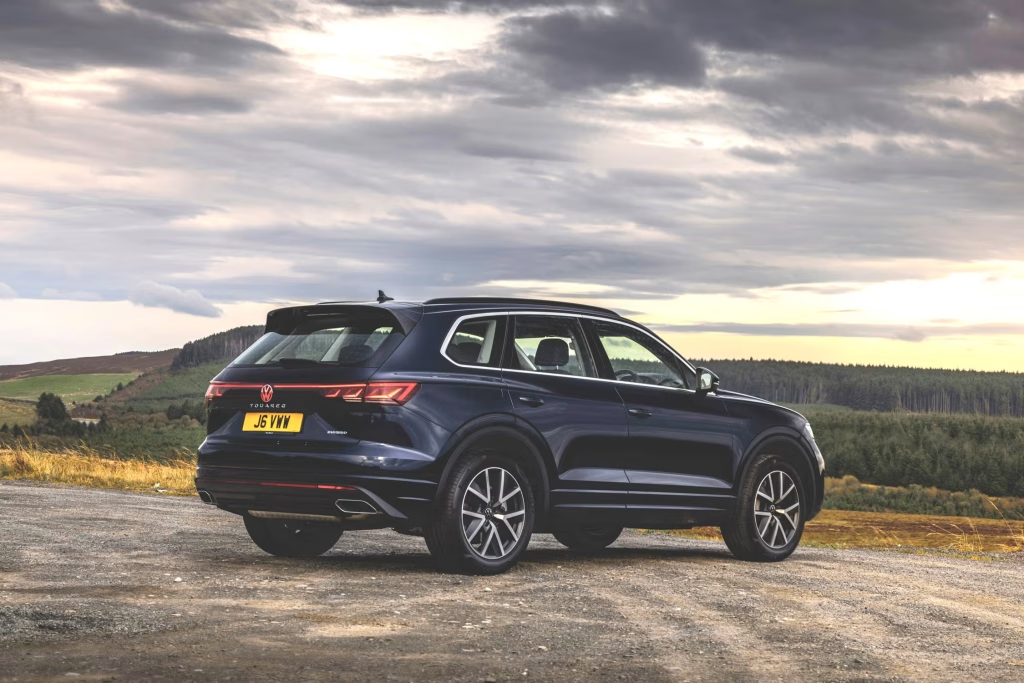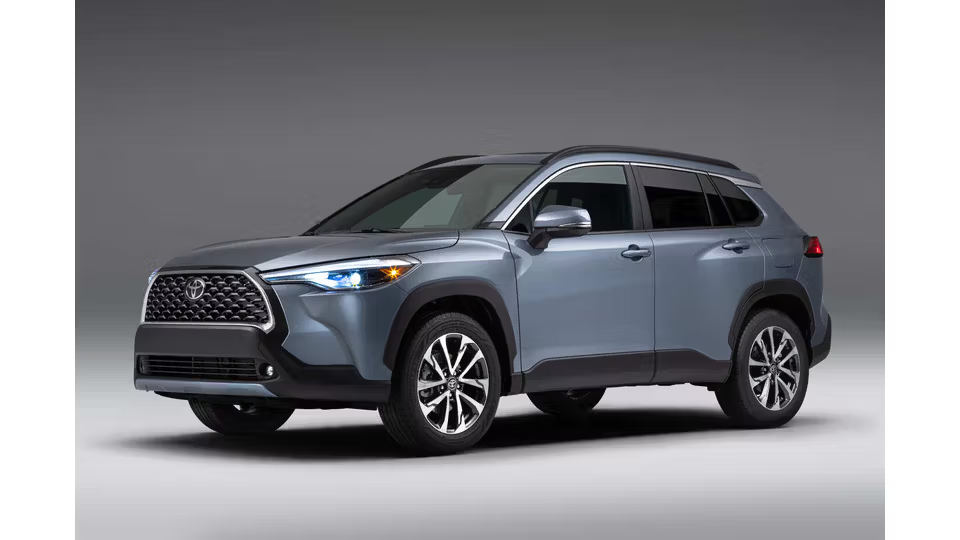When buying a used car—whether locally or through import—there’s one major hidden danger every buyer should avoid: flood damage. With typhoons in Japan and flooding in parts of Asia and the US, thousands of cars get waterlogged, cleaned up, and sold to unsuspecting buyers.
Flood-damaged cars may look perfect on the outside, but beneath the surface, they can be plagued with long-term electrical failures, mold, and rust. This guide will teach you how to spot flood-damaged vehicles before you buy, especially if you’re importing from Japan, the UK, or the UAE.
Why Flood-Damaged Car is a Serious Risk
Buying a flood-damaged vehicle can be a costly mistake for several reasons:
- Corroded Wiring: Water can short-circuit ECUs, sensors, and wires. Problems may take months to appear.
- Mold and Odors: Hidden moisture inside carpets and insulation leads to bad smells and health hazards.
- Rust in Hidden Areas: Water promotes rust in underbody components, door frames, and seat mounts.
- Void Warranties: Many import warranties don’t cover water-related faults.
- Reduced Resale Value: Flooded cars fetch significantly less when it’s time to resell.
Flood cars are sometimes auctioned off cheaply, making them appealing to unscrupulous exporters or dishonest sellers. That’s why it’s vital to inspect thoroughly or work with trusted import agents like CarsKenya.
Top Signs of Flood-Damaged Car to Look For
Even the best cleanup job can’t hide all flood signs. Here are the most common indicators:
1. Musty or Moldy Smell Inside the Cabin
A damp, moldy, or chemical odor is a red flag. Flood-Damaged Car often have lingering smells—even after deep cleaning.
2. Water Stains or Discoloration
Check:
- Carpet edges
- Seat belts (pull all the way out)
- Upholstery under seats
- Door panels and glove boxes
Uneven color changes usually indicate water exposure.
3. Flood-Damaged Car has Rust in Unusual Places
Look for rust on:
- Seat rails
- Screws under the dashboard
- Inside the spare tire compartment
- Door hinges and pedals
Rust in these places suggests standing water inside the car.
4. Mud or Silt in Crevices
Feel under the dashboard, inside the fuse box, around wires, or inside the boot. If you spot dried mud or sand—be cautious.
5. Foggy Headlights or Tail Lights
Condensation trapped inside lights that doesn’t clear up indicates water intrusion.
6. Malfunctioning Electronics
Test windows, mirrors, central locking, infotainment, and dashboard lights. Water can cause erratic behavior.
7. Signs of Replaced Upholstery or Carpets
Brand new carpets in an older car may be hiding something.
Physical Inspection Checklist Before Buying
Here’s a quick inspection checklist:
| Area | What to Look For |
|---|---|
| Carpet & Floor Mats | Uneven color, stains, moisture |
| Seat Belts | Water marks when pulled out fully |
| Trunk/Boot Area | Rust, musty smell, waterlines |
| Underside | Rust on frame, axle, suspension |
| Engine Bay | Mud or silt near battery, ECU, or filters |
| Fuse Box | Corrosion or white powder on fuses |
| Headlights/Tail Lights | Water stains or fogging |
| Air Vents | Musty odor or mildew smell |
| Dashboard & Gauges | Watermarks or erratic electronics |
Take your time. Bring a flashlight and a mechanic if needed.
Documentation and History Tips to Spot Flood Cars
Beyond physical checks, paperwork can reveal flood risks.
1. Auction Sheet (Japan)
If importing from Japan, request the original auction sheet and look at the grading and notes:
- Grade R or RA means the vehicle was repaired—ask for repair history.
- Comments like “flood damage,” “water in cabin,” or “interior repaired” are major red flags.
2. Vehicle History Report
For UK or UAE imports, request a history report via services like:
These reports can list title issues, flood declarations, or insurance claims.
3. Ask for Photos Before Purchase
Request pictures of the car from before and after shipping. Look for inconsistencies in trims, panels, or condition.
How to Confirm Flood-Free Status with an Exporter
Before buying online or bidding via auction, request:
- Clear auction sheet with no flood or interior damage notes
- Interior photos, especially under seats, in trunk, and under carpets
- Video walkthrough if possible
- VIN/Chassis number for independent history lookup
- Confirmation in writing that the unit is not flood-damaged
Reputable exporters will gladly provide this. Avoid sellers who are vague or dodge your questions.
Red Flags in Online Listings or Photos
Some exporters or listings may hide flood damage, but you can still spot clues:
Overly Bright or Washed-Out Interior Photos
Blurry or heavily edited images are often used to mask stains.
Lack of Undercarriage or Engine Bay Shots
A seller avoiding these views might be hiding rust or water residue.
Stock Photos Only
Always ask for real photos of the exact car you’re buying—especially for interior, carpets, fuse box, and engine.
Why Work with Verified Import Agents Like CarsKenya
When importing directly, it’s easy to miss flood-damaged units—especially if you don’t understand Japanese auction sheets or vehicle grading systems.
Working with CarsKenya gives you:
- Access to verified exporters
- Auction sheet translation and verification
- Pre-purchase video inspections
- JEVIC-inspected vehicles only (mandatory for Kenya)
- Support for clearing, registration, and delivery
- Import financing options via Autochek
- 1+1 year hybrid battery warranty (for Toyota hybrids)
Call or WhatsApp: +254 713 147 136
Visit: Bishop Magua Building, Ngong Road, Nairobi
Final Thoughts: Don’t Let a Flood-Damaged Car Drain Your Wallet
A Flood-Damaged Car may look like a good deal—but it can lead to years of costly repairs and constant frustration.
By knowing what to look for, inspecting documents carefully, and working with a reputable import partner like CarsKenya, you can protect yourself and your investment.
When in doubt—walk away or get a professional opinion.





